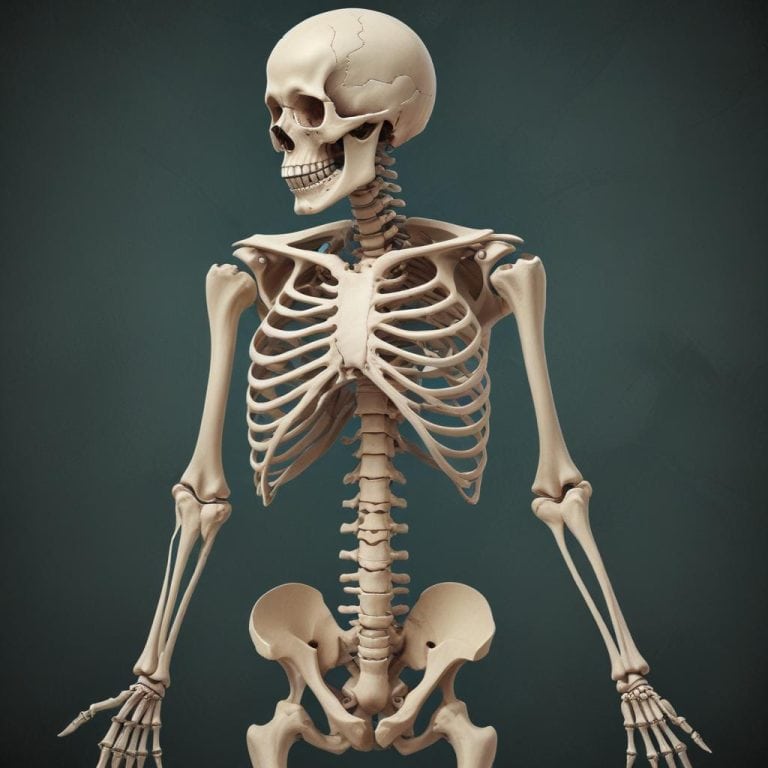Welcome to our skeleton equations quiz! Skeleton equations are a way of representing chemical reactions using just the formulas of the substances involved. This makes it easier to see the reactants and products without worrying about balancing the equation just yet.
In this quiz, you’ll have the chance to test your knowledge of skeleton equations and see how well you can identify the reactants and products of different chemical reactions. Don’t worry if you’re not familiar with balancing equations yet – this quiz is all about getting comfortable with the basics.
So, let’s dive in and see how well you can decipher the mysteries of this fascinating subject.
Play Skeleton Equation Quiz
Instructions
- This quiz is multiple choice.
- Read each question carefully before selecting an answer.
- Choose the best answer for each question.
- You will see the missed questions with correct answers at the end of the quiz.
Quick Facts
- When you see a skeleton equation, it means you’re looking at a simple form of a chemical equation.
- It’s like the bare bones of the equation, showing just the basic elements and compounds involved.
- These are a starting point for balancing chemical equations, which is like making sure everything is in the right proportions.
- They are called skeleton equations because they provide a rough outline of the chemical reaction without all the details.
- Think of it as the blueprint before the final design is complete.
- Chemists use these as a quick way to represent a chemical reaction without getting into all the nitty-gritty details.
- Once balanced, it will show the correct ratio of reactants and products in the reaction.
- It’s like solving a puzzle to make sure all the pieces fit together perfectly.
- Balancing involves adjusting the coefficients of the compounds to ensure that mass is conserved in the reaction.
Downloads
Study Tips
- Create a study schedule and stick to it.
- Find a quiet and comfortable study environment.
- Remove distractions such as phones and social media.
- Take breaks every 25-30 minutes to avoid burnout.
- Use active studying techniques like summarizing, highlighting, and teaching concepts to someone else.
- Practice retrieval by testing yourself with flashcards or practice quizzes.
- Stay organized with notes, study guides, and resources.
- Stay hydrated and eat brain-boosting foods like fruits, nuts, and whole grains.
- Get enough sleep to improve memory retention and cognitive function.
- Reward yourself for reaching study goals to stay motivated.
